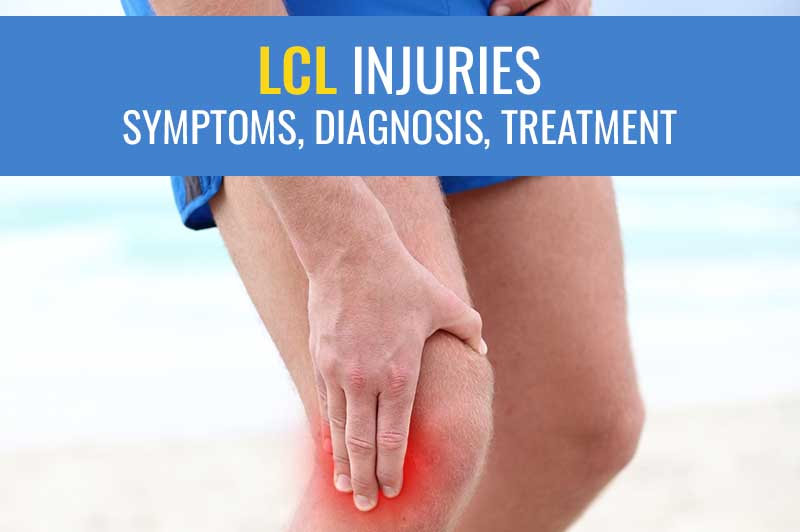LCL TEAR SYMPTOMS, TREATMENT, & RECOVERY
- Home
- LCL TEAR SYMPTOMS, TREATMENT, & RECOVERY


What is the LCL tear?
The Lateral Collateral Ligament is the 4th major Elements that accommodate to maintain the knee joint when doing the activity or movement with the foot. LCL tear combines the thigh bone to the shin bone on the outside of the knee. It limits that part of the knee joint from loosening or opening. An LCL sprain can be an extent, biased tear of the lateral collateral ligament. The LCL Tear along with the Medial Collateral Ligament is both ligaments, found on the side of the knee.
What causes An LCL tear injury?
The Lateral Collateral Ligament is positioned on the surface of the knee, ordinarily, times when a direct stress or pressure to the interior of the other ligaments, that time pressure causes hurt the LCL.
The faster movement of direction has also occurred the LCL torn because the legs elements become established in an inconvenient position and the knee cannot atone. In most sufferers cases, LCL tears torn while playing sports such as cricket or football. If you are a professional athlete and your lateral collateral ligament tears are torn or injured then it is not the end. Healing time of a damaged LCL is five to nine months.
LCL Tear Symptoms
The sign or symptoms of a Lateral Collateral Ligament damage are related to other ligament sprains. You may feel or have pain and hardness along the surface skin of the knee, along with inflammation. Some patient also explains or feel the sensation of change in their knee when walking, like knee gives out, a click sound. You can also feel your knee may hard. To verify the examination or diagnosis of an LCL damage, consult your surgeon. Your doctor able to estimate your knees range of movement.
Normal symptoms of a damaged LCL tear:
Knee gives away when walking and standing or under stress.
Have Locking feeling when the knee is in movement
Dullness or tendency in the knee or foot
Having Knee swelling, Stiffness, lack motion
Symptoms by Grade:
The hardness of an LCL tear will most often categorize into three grades by the surgeons.
Grade 1- Having minor pain and hardness in the knee for 1-2 weeks
Grade 2 -In 2nd-grade Patients feel having major pain in the knee. It is sensible to looseness and gives outside when you are walking or doing any activity. In this grade not completely torn.
Grade 3- In 3rd grade, your LCL has completely torn and you need to surgery.
LCL Tear Treatment;
If your LCL damaged then the Immediate way of doing similar things to other knee injuries. Start doing RICE (Rest, ice, compress and elevate). RICE activity has done quickly after damage and will do continue for first 24 to 48 hours for reducing the pain and swelling. If a suffered person has more pain may also use anti-inflammatory pills such as painkillers, ibuprofen, and aspirin to help with reducing swelling and pain.If you are suffering from a damaged or torn LCL, it is necessary to have individual or proper treatment shortly after the damage to assure it improves enough. Therefore, If split ligament does not fit correctly then you will feel weakness in the joint on affected LCL, and knee plenty of sensitive to re-injury.
In lateral collateral ligament surgery the torn LCL where it connects to the femur and tibia, the surgeon will re-attach the elements or ligament to the bone using long stitches or a mineral staple.
LCL Repair and Recovery:
After LCL surgery, the knee is maintained by Splinting or brace for 2-3 months.
Improvement is started after an operation to recover movement of the knee and power.
Use daily RICE activity for two to three months
The knee will have a limitation while in the movement.
In conclusion, For more information contact to best knee arthroscopic surgeon.
Call Us Today for Consultations
Feel free to pay us a visit. You won’t regret it for sure.










